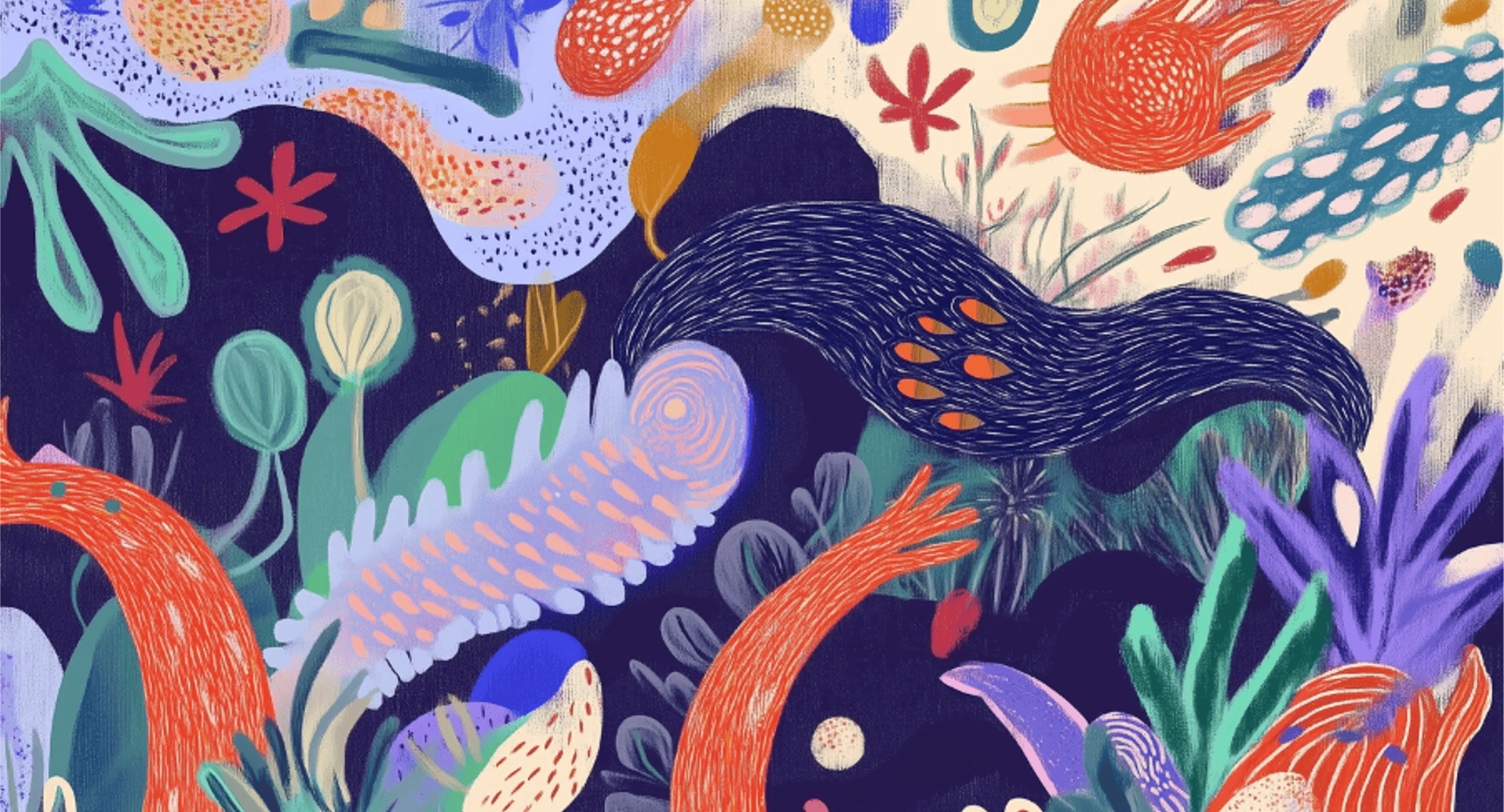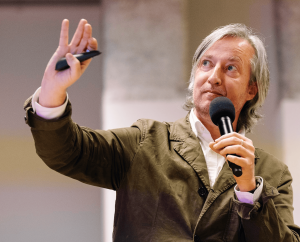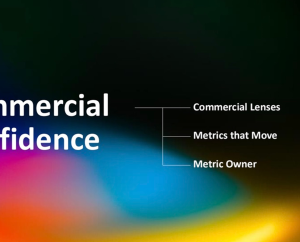In the era of the Anthropocene, the traditional binaries—such as nature vs. human—are losing their meaning. If they ever truly existed, they are now dissolving in a world where the deep interconnection between humanity and its environment is becoming impossible to ignore.
The human footprint reaches every corner of the planet, from the obvious—urban development—to the nearly invisible, like microplastics. So, where does nature end and design begin?
Nature, too, is Designed
Whether consciously or unconsciously, humans have always shaped the natural world they inhabit—through selective breeding, architectural interventions, and even the unintended consequences of industry and consumption.
Gardens are a striking example of this: living works of art, carefully crafted representations of nature that shape our collective perception of what “natural” even means. But how different are they from the weeds growing through the cracks of a sidewalk? Could it be that the only real distinction lies in our cultural perception of what is considered beautiful and acceptable in our relationship with the natural world?
Our lack of introspection about this relationship limits us to a rigid, linear understanding of sustainability—one that often reduces environmental responsibility to regulatory compliance and annual reports. But what if we shifted our perspective? What if we saw nature not as a problem to be managed but as a source of wisdom? What if we designed symbiotic relationships—ones that benefit both businesses and the ecosystems they inhabit?
In this evolving paradigm, what would be the designer’s role?
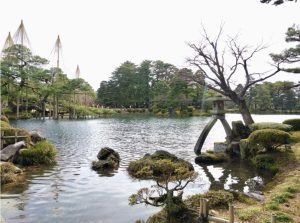
Decentering Humans to Create Better Futures
As we face an escalating ecological crisis, more and more designers are rethinking their approach. A growing movement of conscious, courageous individuals is pushing for new paradigms, challenging the practices that have led us here.
Terms like Life-Centered Design (LCD) have emerged as a response to the limitations of Human-Centered Design (HCD), which has historically placed human needs above the health of the ecosystems we depend on. For too long, design has operated in isolation from nature, ignoring the natural cycles of the materials and systems we create. This disconnect has led to unintended consequences—products and services that outlast their usefulness yet remain part of the world, often as waste.
The shift toward LCD represents more than just an alternative methodology. It’s a fundamental reimagining of what design is for. It asks: What if the goal wasn’t just human convenience, but the flourishing of all life?
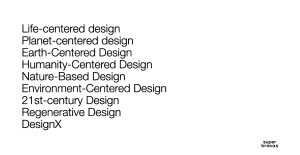
The Designer as a Modern-Day Shaman
In The Spell of the Sensuous, philosopher David Abram describes the shaman as a mediator between human society and the natural world—including animals, plants, and elemental forces. Through rituals and heightened sensory awareness, shamans channel energy, heal, and communicate with spiritual and ecological forces.
They remind us of a truth we’ve long forgotten: We are not separate from nature. We are part of it.
Now, imagine if designers embraced a similar role.
- What if designers became connectors—bridging the gap between humanity and the natural world?
- What if, instead of designing for people alone, we designed with and for the entire web of life?
This shift in perspective could redefine the very essence of design. Just as designers have long acted as intermediaries between users and businesses, could we now become bridges between businesses and nature?
It’s time to rethink our relationship with the natural world—not as an afterthought, but as a core design principle.
Where do we stand today? Where do we want to go? And most importantly—how can we begin to give nature a real voice in our decision-making?
Are you ready to become the shaman of your organization?
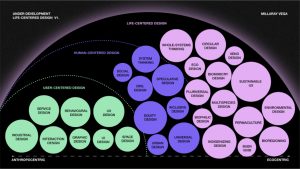
***
Millaray Vega will be speaking more about bringing the voice of nature into business during her Design Matters 24 Talk in June.
Can’t wait for Design Matters 25 and want more Millaray Vega now? Then follow her career and musings on:
LinkedIn: https://www.linkedin.com/in/millarayvega/
Medium: https://medium.com/@millaray.vega
Website: https://www.superbravas.es/

